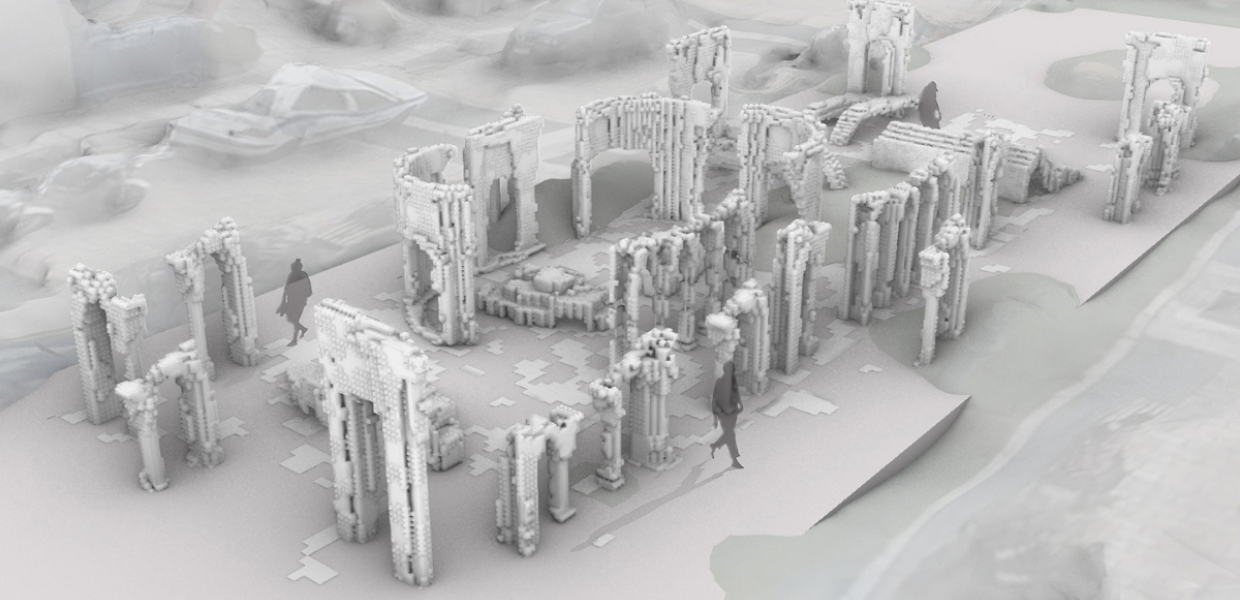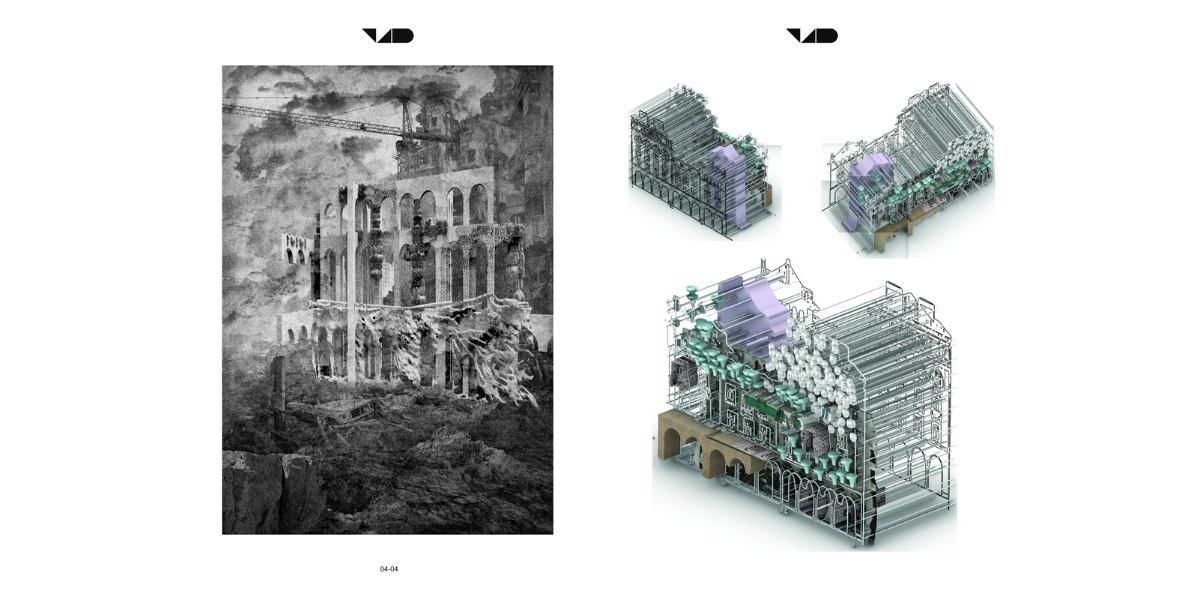From 2017 to 2021, the V4Design project, funded under the H2020 research and innovation programme, has worked to lower barriers to access to digital cultural heritage objects for architects, creative designers and video game creators. These communities are often overlooked by the cultural heritage sector, but are a powerful creative force when reusing and remixing cultural heritage to power bold new games, architectural designs, or other creative projects.
The V4Design project started by recognising the barriers between someone discovering a great piece of digitised cultural heritage and being able to reuse that digital cultural heritage in 3D designs. While it is a straightforward process to download, open and edit 2D images, the process isn't as simple in three dimensions. A lot of cultural heritage content hasn't been digitised into easily re-usable 3D objects (see the final recommendation of the 3D content in Europeana Task Force), severely restricting the data sources that architects, video game creators and creative designers can use. V4Design solved this problem by creating a pipeline that supports the integration of 3D cultural heritage objects into the daily creative workflows of these professionals, by making it easier to generate 3D models from video input.
Through V4design, Europeana aimed to broaden the scope of its audiences for reuse of digital cultural heritage, giving creative designers the tools they need to reuse the past in their own innovative work. Throughout the project, Europeana provided more than 370.000 digital cultural heritage objects that can now easily be discovered and reused in the V4Design platform. Explore further innovations below!




